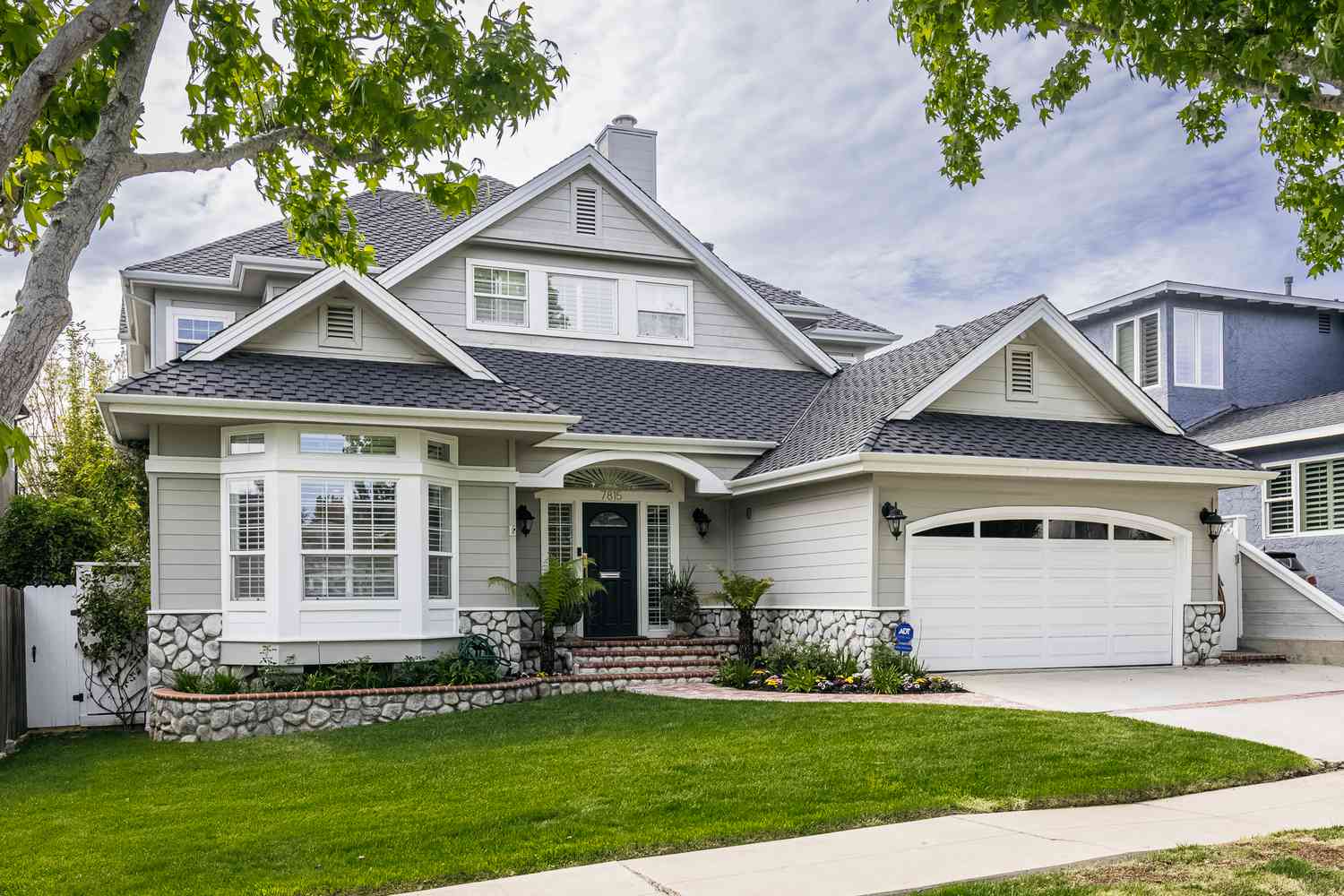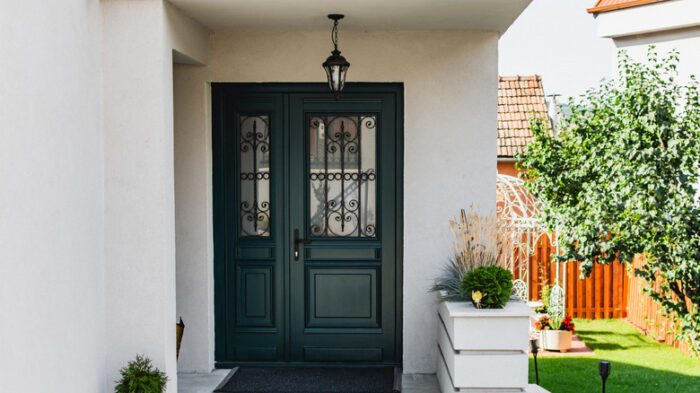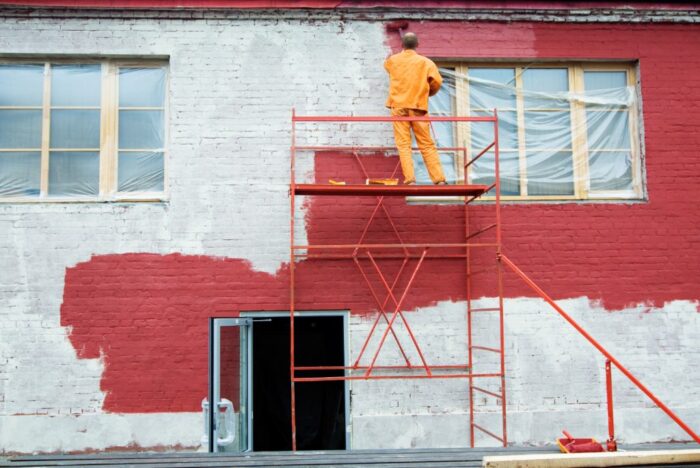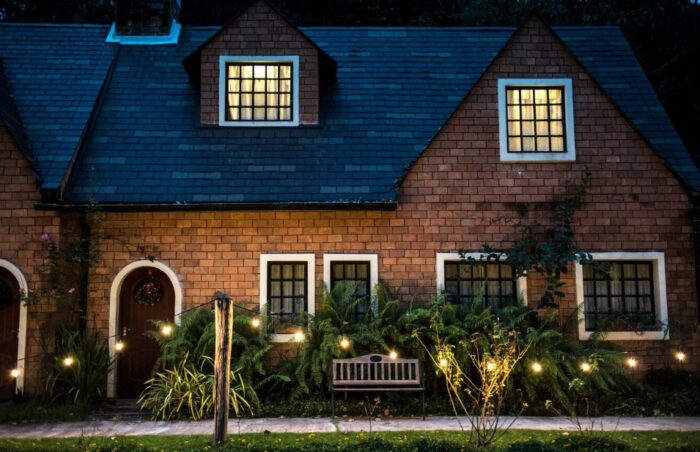
Curb appeal isn’t just a term for real estate listings—it’s the first impression your home makes, whether it’s to guests, neighbors, or potential buyers. But let’s be honest: most people don’t have the time or budget for massive renovations just to boost exterior charm. The good news? You don’t need a construction crew to turn heads. With smart upgrades and attention to detail, you can completely change the feel of your home’s exterior without tearing down a thing.
This guide is here to help you do exactly that—step by step. We’re not talking about quick gimmicks or temporary fixes, but real strategies that elevate your home’s value, aesthetics, and pride of ownership.
Key Highlights
- A bold front door color and clean entryway set the tone instantly
- Exterior render materials can modernize a facade without structural work
- Landscaping isn’t about size—it’s about intentional design and upkeep
- Lighting transforms mood, safety, and nighttime visibility
- Small accents like shutters or trim create personality and polish
- Cleanliness, symmetry, and seasonal touches create a finished look
Start With Your Front Door and Entryway

Your front door says more than you think. It’s the focal point of your home’s façade—the first element that draws attention and sets a tone. A fresh coat of paint in a bold color like deep navy, crimson, or matte black can turn a plain entrance into a statement. If you’re unsure about color choice, go for contrast: if your exterior is light, try a dark door. If your exterior is dark, a white or vivid-toned door creates balance.
Pro tip: Don’t stop at the door itself. Replace or polish the hardware. Old, rusted handles or a crooked knocker send the wrong message. Match the finishes—brushed nickel, matte black, brass—and tie them in with light fixtures or even the house numbers.
Consider also the path to your door. Is it cracked? Uneven? Add a few stepping stones, update your doormat, and line the walkway with solar lights for a soft, inviting look in the evenings.
Refresh Walls With Surface Treatments and Smart Materials

You don’t need to rip off your exterior cladding to make your home feel newer. Often, a new surface finish or even a proper clean can go a long way. Power washing brick, siding, or render removes years of grime and gives your home a lifted appearance.
If your current wall finish looks tired or dated, consider applying an exterior render. It’s a cost-effective way to modernize your home’s look, improve insulation, and protect against weather damage—all without structural changes.
Choosing the best render material depends on your climate and the style you want. Silicone renders are excellent for water resistance and breathability, making them ideal for damp climates. Mineral or acrylic renders offer different textures and drying times that suit various wall types.
Recommendation: For a clean, contemporary look, opt for a smooth white or charcoal-gray render. If you’re dealing with older brick or cracked plaster, a textured finish can help disguise imperfections while still adding charm.
Landscaping That Works Smarter, Not Bigger
You don’t need a perfectly manicured estate to make your home’s exterior feel welcoming. In fact, thoughtful, low-maintenance landscaping often has more visual impact than sprawling lawns or costly installations. It’s all about using what you have—and improving it with purpose.
Start by looking at your existing green space. Most homes don’t need more—they just need better use of space. Overgrown hedges, unruly shrubs, or trees with limbs hanging over windows can instantly drag down the curb appeal, no matter how nice the house is.
Here’s where to start:
- Trim and shape existing plants. Clean lines create a sense of order and care.
- Edge your lawn. A crisp boundary between grass and walkway or flower beds instantly looks more polished.
- Apply mulch. Not only does it improve aesthetics, but it also:
- Retains moisture
- Suppresses weeds
- Adds contrast and structure to beds
Want to add more greenery quickly? Use decorative planters. They allow you to experiment with placement, bring color closer to your entrance, and add vertical height to an otherwise flat landscape. Plus, they’re easy to swap out seasonally.
Professional Tip: Don’t plant too close to your home’s foundation. It might seem like a cozy look, but it can trap moisture, cause damage over time, and even invite pests. Leave at least 18 inches of space between plants and your home’s walls to keep airflow steady and maintenance easy.
Exterior Lighting That Adds Both Style and Safety

Lighting often goes overlooked when it comes to curb appeal—but it’s one of the most affordable and transformative changes you can make.
Wall-mounted sconces on either side of your front door not only illuminate the entryway but create a symmetrical, finished look. Choose a warm temperature bulb (2700K–3000K) to avoid that harsh “hospital” glow. If your home has pathways, consider down-facing solar lights that softly guide guests while highlighting your landscaping.
Design tip: Use uplights to emphasize trees or architectural features like columns, stonework, or textured render. These create shadows and depth, making your home more dynamic—even from across the street.
Add Subtle Architectural Accents
While major structural updates may be off the table, small enhancements go a long way in adding visual richness to your home’s exterior.
Window shutters, for example, can frame your windows and add balance, especially on symmetrical facades. They work well with both cottage-style homes and colonial builds. Choose shutters that are proportionate—nothing too wide or cartoonish.
Other easy additions:
- A new garage door with paneling or faux wood texture
- Decorative trim or molding around windows and doors
- A small porch railing or lattice skirting
- Replacing vinyl vents or old soffits with painted wood or metal options
Pro tip: Consistency is key. Make sure your trim color matches your gutters, window frames, and railings for a cohesive look. Stick to two or three exterior colors to avoid a patchy, chaotic appearance.
The Power of Clean and Seasonal Touches
Sometimes, the most powerful improvement is simply making everything spotless. Grime, cobwebs, mildew, and clutter accumulate fast—and even the nicest homes can look tired if they’re dirty.
Take a weekend and clean the windows inside and out, sweep all the walkways, and scrub down porch furniture. Hose off the garage door, gutters, and driveway. A pressure washer is your best friend here—rent one for a day if you don’t own one.
Add a few seasonal accessories for a warm, lived-in touch. Think:
- A woven basket with autumn mums
- Pine garland in winter
- Citrus-toned cushions for summer seating
Keep it simple. You want to complement your home’s charm, not distract from it.
Final Thoughts
Here’s the truth: You don’t need an architect, a landscape designer, or a new façade to boost your home’s street presence. What you really need is an eye for balance, proportion, and cleanliness.
It’s the details—the things that tell someone, “This place is looked after.” Whether that’s a polished mailbox, symmetrical planters, or lighting that softly frames your entryway, each change you make sends a message. When combined thoughtfully, they elevate not just the appearance of your home—but how you feel living in it.
Want to take it further? Ask a friend to do a “drive-by test” and give their honest first impression. Sometimes fresh eyes see what we miss. And that’s exactly what curb appeal is all about—what people see when they glance, not when they stare.














